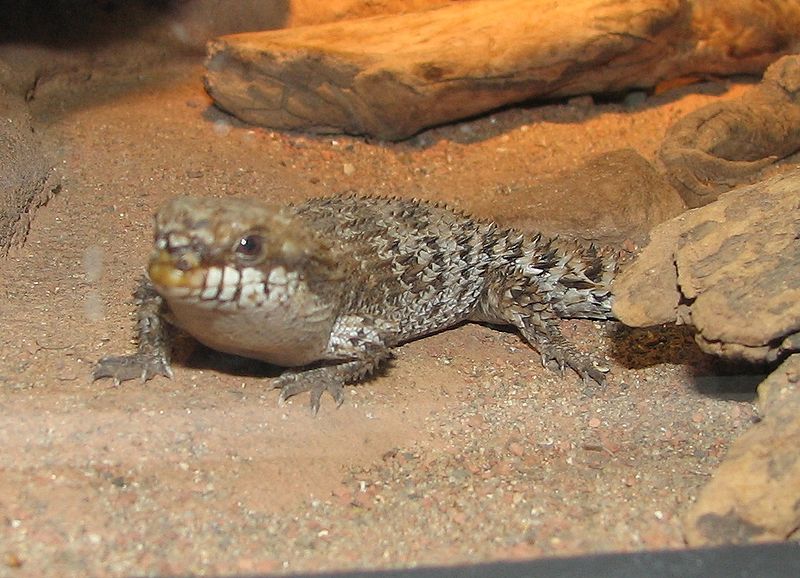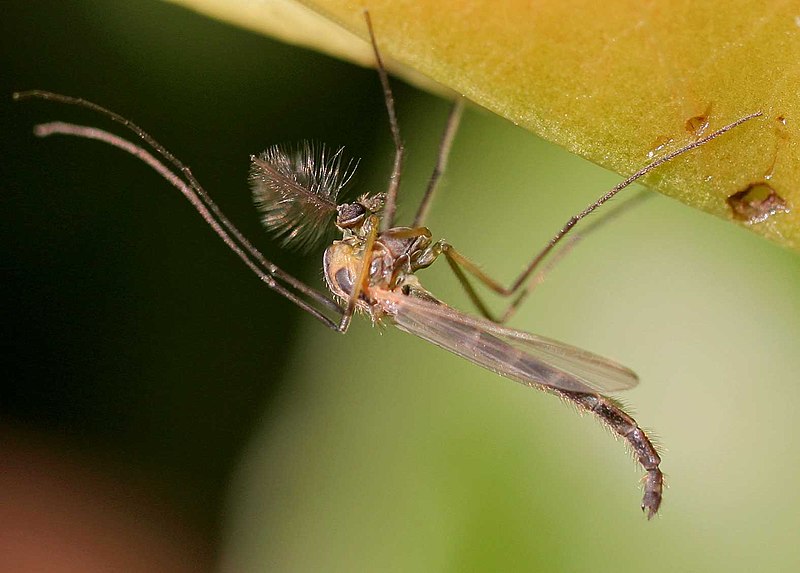 Many amphibian websites tend to focus only on popularly kept species. Today I’ve compiled a list that addresses both common species and less well-known topics, such as amphibian health care and caecilian husbandry.
Many amphibian websites tend to focus only on popularly kept species. Today I’ve compiled a list that addresses both common species and less well-known topics, such as amphibian health care and caecilian husbandry.
Salamanders and Newts
Caudata.org
This is the most comprehensive salamander-oriented website available. I’m very impressed by the depth of interest and expertise evidenced by many of the members, who are always eager to help less-experienced hobbyists. The forum discussions are always interesting and often break new ground, and the posted articles and care sheets are top notch.
Frogs and Toads
FrogForum.net
This informative website focuses on frogs other than the “attention-grabbing” poison frogs, although discussions concerning these are welcome. It’s very refreshing to see that North American frogs and other under-represented groups are given the spotlight here. Popular pet trade species such as White’s treefrogs, horned frogs and African bullfrogs, are also well covered.
The discussion forums show great promise, and the care sheets and natural history information supplied are of excellent quality.
Toadily Toads
I’ve never understood why toads have always been given so little attention by amphibian enthusiasts. They exhibit an amazing diversity of forms and lifestyles and, on the whole, make much hardier and more responsive pets than do frogs. The folks at ToadilyToads have taken great strides in remedying this unfortunate situation.
This website deals with all aspects of toad keeping and conservation, and provides some enjoyable activities as well. I was especially happy to see that a good deal of attention is given to encouraging local species through backyard and similar habitat improvements.
Dart Den
This site is a great resource for those who keep or are interested in learning more about the ever-popular poison frogs and their relatives (“dart frogs”, Mantella spp., Dendrobates spp., etc.). The discussion forums are quite active, and quality care and natural history information is available.
Caecilians
Gymnophiona.org
A real find for those interested in this little-studied but fascinating amphibian order, this site posts some of the most well-researched caecilian natural history information available. The captive care details provided are a rare and valuable resource.
Those interested in caecilian husbandry are well-situated to uncover volumes of new information on these unusual creatures; this website would serve well as a vehicle to publish such and to interact with others working with caecilians.
Health Care
Arizona Exotic Animal Hospital
I’ve long relied upon Dr. Kevin Wright, founder of the Arizona Exotic Animal Hospital, for answers to my most difficult pet and zoo animal health and husbandry questions.
One of the world’s foremost exotic animal veterinarians and coauthor of the classic Amphibian Medicine and Captive Husbandry, Dr. Wright has posted a variety of much-needed amphibian care sheets on the hospital’s website. Covering topics ranging from general emergencies to parasites, the information contained therein is an invaluable resource to the amphibian keeper. Hobbyists whose interests extend beyond amphibians will find a wealth of information on the care of invertebrates, fishes, reptiles, birds and mammals as well…a real treasure trove! For information on phone and email consultations with Dr. Wright, please click here.
Conservation
Amphibian Ark
Amphibian Ark was formed in response to the wave of amphibian extinctions occurring worldwide. The organization coordinates both field and captive-management conservation programs in association with zoos, museums and researchers worldwide.
The Amphibian Ark Newsletter, posted monthly, is the internet’s most comprehensive collection of articles dealing with amphibian research, conservation and natural history.
 New reptiles and amphibians turn up regularly, but, being generally small and inconspicuous, most excite only hard-core herp enthusiasts. In recent days, however, a string of good-sized, colorful and totally unexpected discoveries have drawn attention from even “regular” people. The new species include a spiny, brick-red skink, a sea snake with uniquely-raised scales, and a new family of hard-headed caecilians, those oddest of amphibians.
New reptiles and amphibians turn up regularly, but, being generally small and inconspicuous, most excite only hard-core herp enthusiasts. In recent days, however, a string of good-sized, colorful and totally unexpected discoveries have drawn attention from even “regular” people. The new species include a spiny, brick-red skink, a sea snake with uniquely-raised scales, and a new family of hard-headed caecilians, those oddest of amphibians. That Reptile Blog – Reptile, Amphibian and Exotic Pet Care and Information
That Reptile Blog – Reptile, Amphibian and Exotic Pet Care and Information



 Many amphibian websites tend to focus only on popularly kept species. Today I’ve compiled a list that addresses both common species and less well-known topics, such as amphibian health care and caecilian husbandry.
Many amphibian websites tend to focus only on popularly kept species. Today I’ve compiled a list that addresses both common species and less well-known topics, such as amphibian health care and caecilian husbandry.